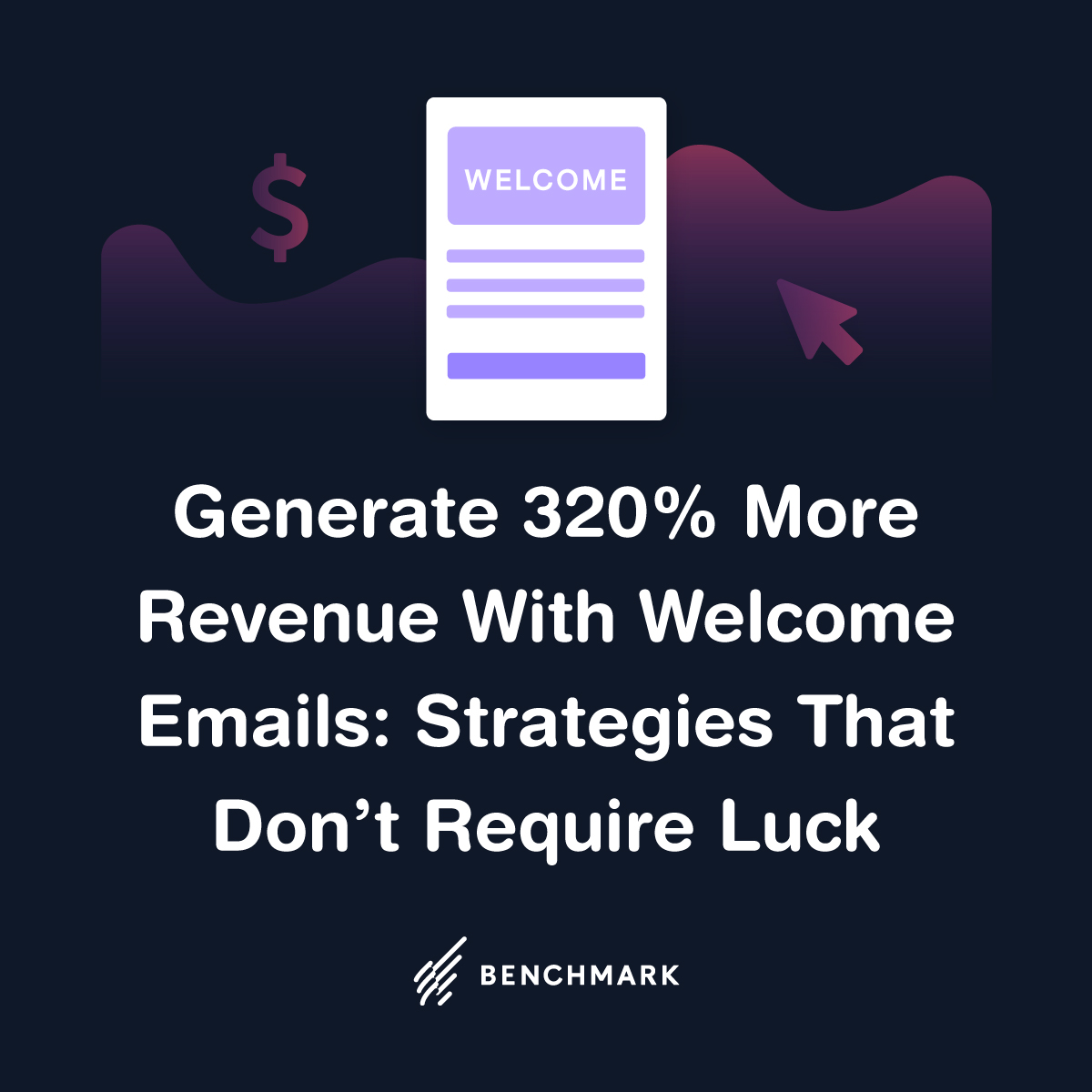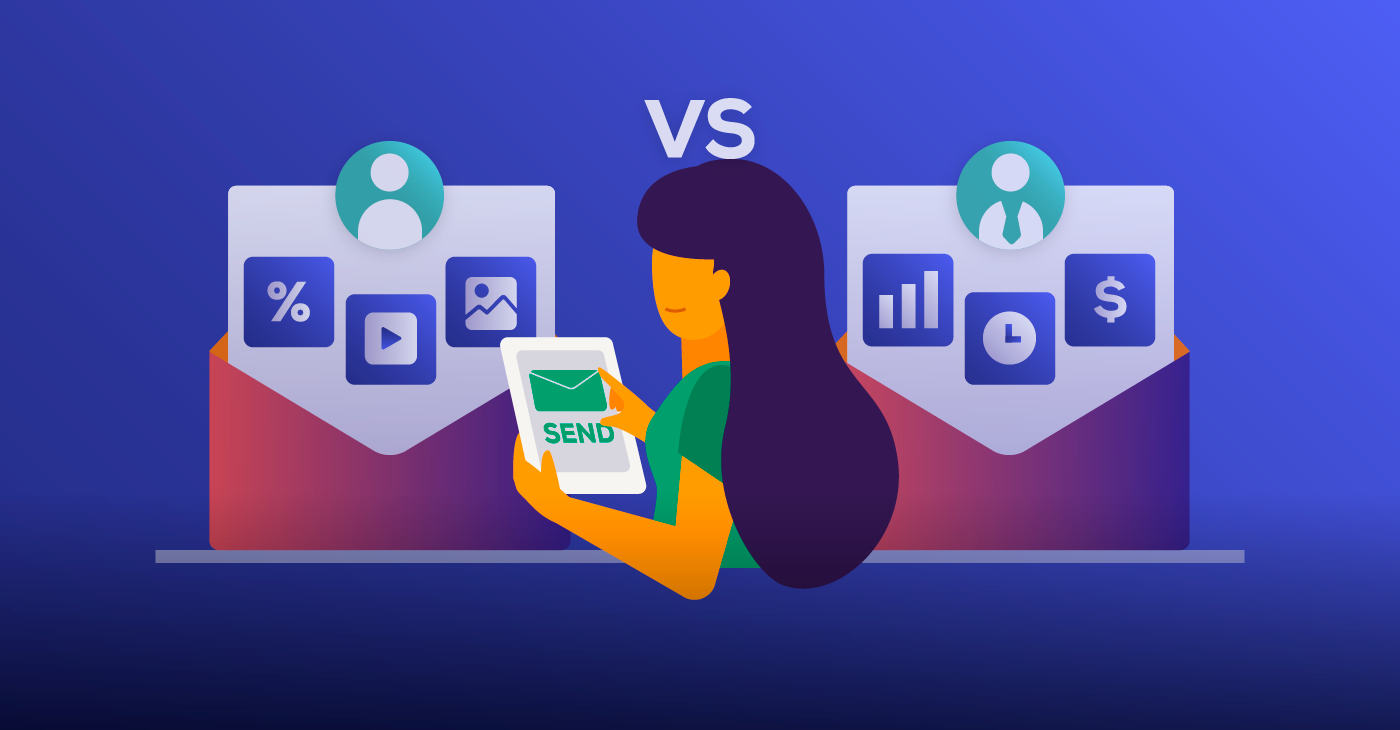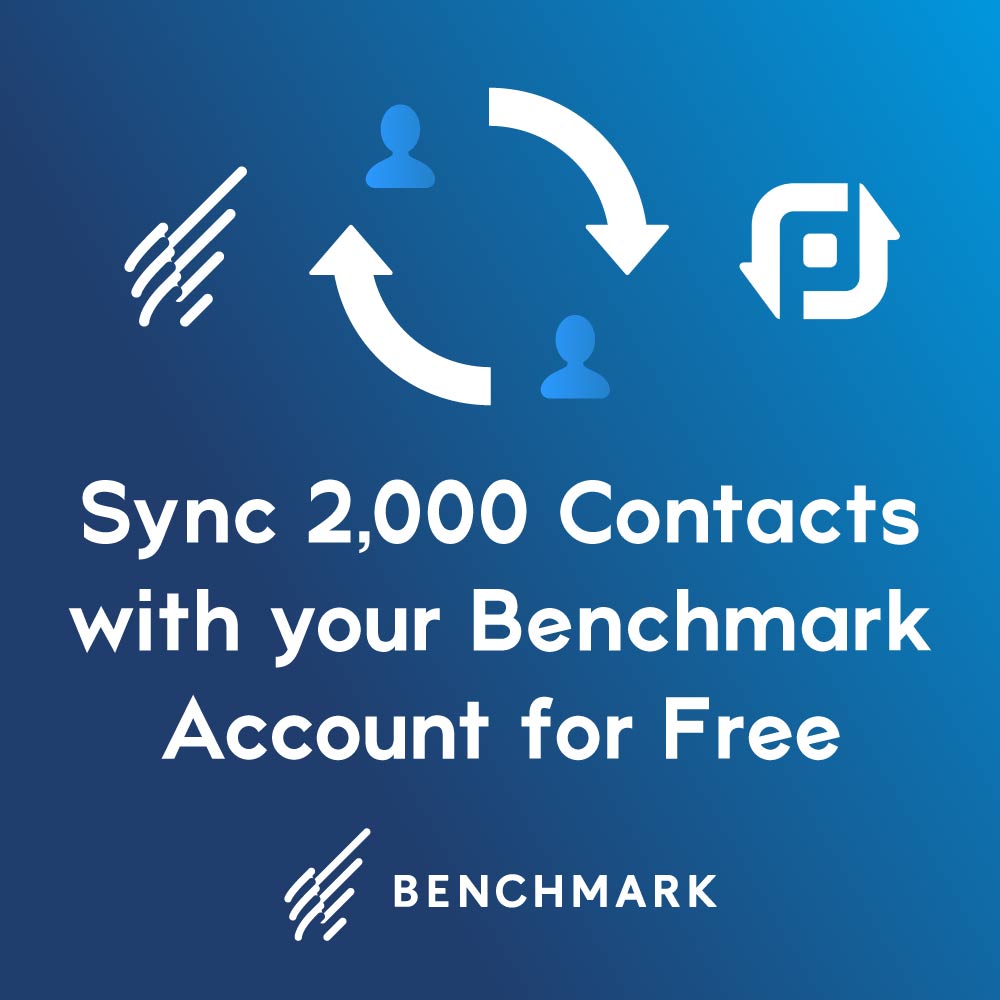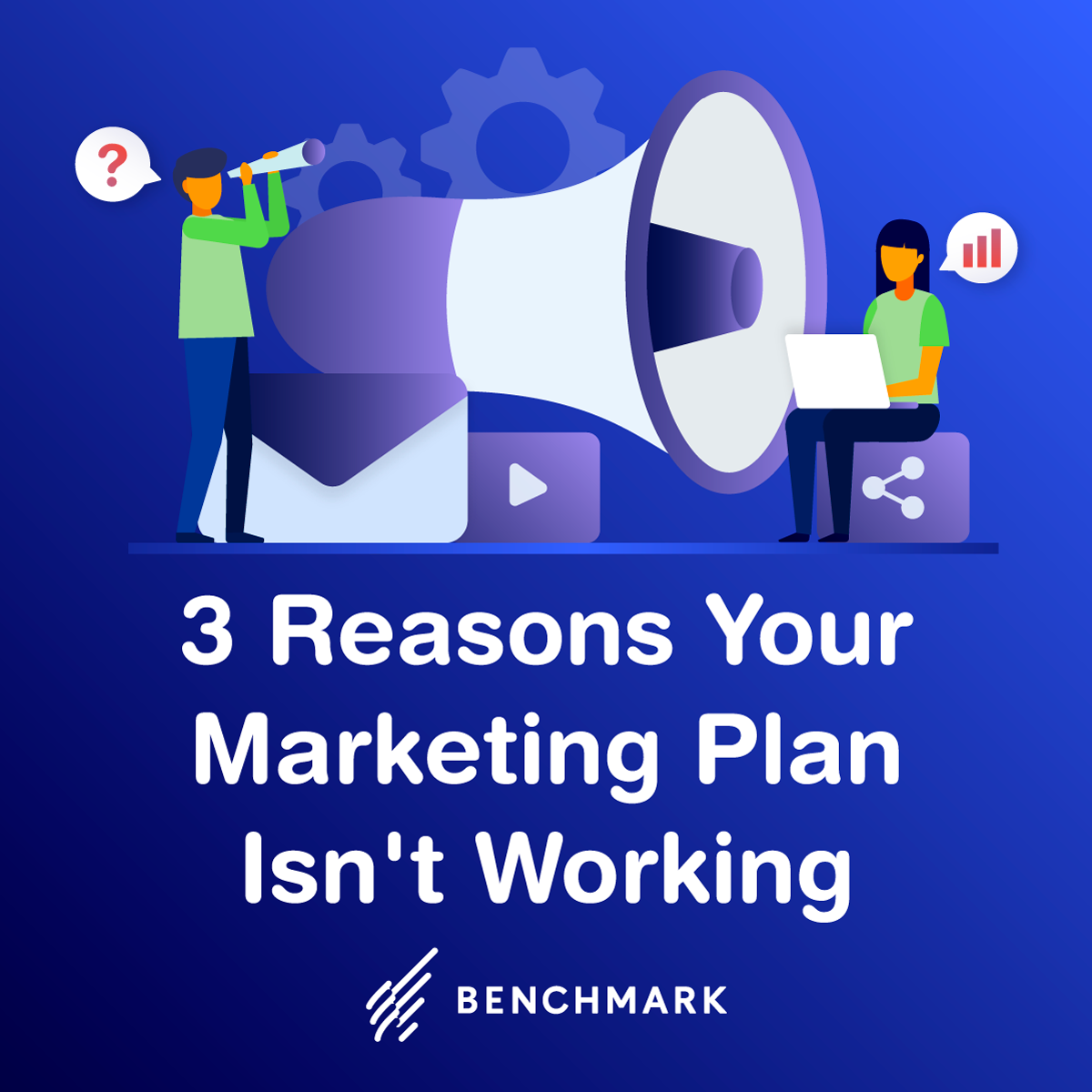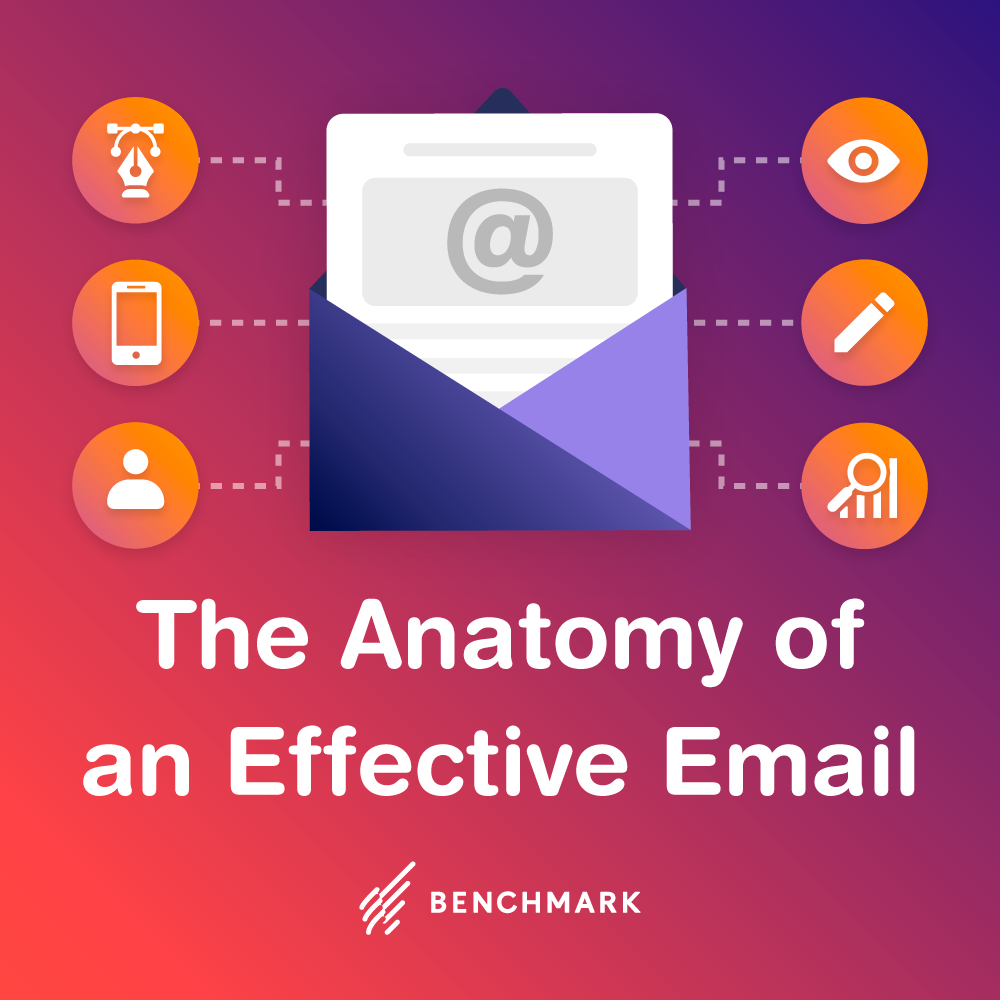Generate 320% More Revenue With Welcome Emails: Strategies That Don’t Require Luck
March 15, 2019 11 min read

Writer Lois McMaster Bujold said:
A stunning first impression was not the same thing as love at first sight. But surely it was an invitation to consider the matter.
Let’s paint a picture demonstrating the wisdom of Ms. Bujold, as seen in email marketing.
Someone discovers your brand. It doesn’t matter how. Could be by clicking an ad from another site. Could be by searching for something specific and being intrigued by your company’s meta text on a search engine results page. Could be by having a random finger spasm and keying your brand’s URL into the address bar like some kind of monkey at a typewriter who’s finally stumbled onto something great after years and years of fruitless poo-flinging and keyboard-punching.
We’ll assume that your prospect digs your email signup form — whether it’s a snazzy pop-up or a well-timed exit intent nudger. She eagerly clacks her address into your form and smashes “submit” (or whatever carefully crafted call to action terminology you’re using).
Now, you’re a marketer in possession of a virtually priceless thing: your target customer’s email address. She or he has explicitly trusted you with that magical combination of characters that whisks you past the velvet rope of skepticism and deposits you smack into the promised land … the inbox! (And naturally, you’ve done the legwork to make sure all your efforts don’t get relegated to that horrid no man’s land called the spam folder.)
It was either the 18th Century French philosopher Voltaire or the 20th Century Uncle Ben from Spider-Man who said that “with great power comes great responsibility.”
You’ve got the email address (great power). Here’s how to make sure your welcome email knocks the socks off your new subscriber, maximizes the priceless sales opportunity and creates a diehard loyal brand evangelist for life (great responsibility).
Sound hard? By following these tips, you’ll be able to take full advantage of one of the most valuable marketing tools on the planet.
Welcome Emails Don’t Require Luck—They’re Destined to Outperform. Here’s How to Unlock Their Full Potential
The stats are staggering.
According to Invesp, welcome emails:
- Generate 4x more opens
- Generate 5x more clicks
- Boast a 50% open rate — making them 86% more effective than standard newsletters
- Generate 3x more transactions and revenue per email over regular promo emails (on average generate 320% more revenue per email basis than other promo emails)
With numbers like these, it’s not about luck. Audiences show us that they expect these messages. As well they should — 57.7% of brands send welcome emails to new subscribers
Not only are your subscribers conditioned to receive a nice note upon subscribing to your list– they tend to enjoy reading it, actively engage with it and are more likely to take action before closing it. Subscribers who are sent a welcome email show 33% more engagement with the brand. The average welcome email has a 14.4% click rate, whereas other email campaigns average 2.7%. Welcome emails deliver results.
Back to that bit about getting your subscribers to take action. We’ll expand on this in the next section, but first, let’s establish why it’s so important to have a goal in mind for your welcome email. Simply put — that message is valuable real estate. To continue mixing metaphors like the mixologist at a trendy bar mixes up cocktails … that message arrives at just the right moment for your audience. The moment of receipt is when your audience is most engaged. The average conversion rate for welcome emails is .94%, whereas it’s .1% for a typical email. And welcome emails with an offer can boost revenue by 30% per email compared to welcome emails without one
Hear Voltaire calling out to you from beyond the grave about great power and great responsibility again? (Or Uncle Ben, take your pick.)
We’ve established that welcome emails get read and get results. Now we’ll talk about how to design and structure them in order to maximize those outcomes. These are the secrets to unlocking your welcome email’s full potential.
Secrets of Highly Effective Welcome Emails #1: Time is of the Essence
Feel free to get this rhyming couplet tattooed on your bicep:
It doesn’t pay to delay. Send your welcome email right away.
A whopping 74% of consumers expect a welcome email the moment they subscribe. In fact, 45% of first-time purchases made by new subscribers occur inside 24 hours of opting in.
Strike while the iron’s hot! Make hay while the sun shines! Take time by the forelock!
And other adorably quaint sayings about acting fast. You need to have your knockout welcome email ready to go, and you should set it up to be sent out to new subscribers immediately upon signup.
Secrets of Highly Effective Welcome Emails #2: Your Subject Line is Key
Winston Churchill — who might have drawn the ire of the #metoo movement had he said it in the present day — once proclaimed: “A good speech should be like a woman’s skirt — long enough to cover the subject and short enough to create interest.”
Hashtag army aside, the above is a great guideline for your welcome email subject line.
When you create your killer welcome message, start with a clear and engaging subject line. Make sure that your subject line conveys that this is the welcome email. But also tease your readers a bit — make it intriguing enough to entice subscribers to open it.
Also, this isn’t the time for riddles. Make your welcome email subject line easy to understand. All the words in your subject line should be simple, one- or two-syllable words. Use simple, natural language and avoid complex words, because it’s difficult to memorize them. Here’s a good average length for your subject line — about 6.5 words. You want to be sure that your recipient can read the line and process it quickly.
Avoid ambiguity. Be specific and clear in your subject line. Attention spans are an endangered species at this point, and you have a fast-shutting window of time to attract the interest of your recipient.
Your subscriber is the center of your universe, so focus on her needs in the subject line. What makes her happy? Annoyed? Excited? Use that, and stir that emotion with just a few words.
Examples of Highly Effective Subject Lines:
From: Online eyeglass retailer Warby Parker.
Subject line: Uh-oh, your prescription is expiring
Why it’s great: Uh-oh! That’s simplicity, urgency and a great conversational tone all wrapped in one. Plus, it creates urgency and makes things personal with the note about expiring prescriptions.
From: Deals and discount clearinghouse Groupon.
Subject line: There are no deals in this email
Why it’s great: Wait … what? Then why are you sending me this?! This email dials the curiosity factor up to 11, which is a sure way to get clicks. Be careful that you don’t abuse this technique, though. You don’t want to make people annoyed or feel manipulated. Once in a while packs a powerful punch.
From: San Francisco-based online magazine The Bold Italic.
Subject line: Just Pho You: Where to Eat SF’s Best Pho
Why it’s great: Punny. Surprising. Makes the mouth water. And best yet, this subject line lays out a super-specific piece of information that you know you’ll receive upon opening the email.
Secrets of Highly Effective Welcome Emails #3: Throw Down the Welcome Mat
Subscribers are primed to receive a welcome email. So why not use a tone that’s warm, familiar and reassuring? Use your welcome email to make people feel at home right away and to continue the introduction to your brand.
From: High-end but economical luggage brand Away.
Why it’s great: Lots of white space. Conversational tone. Lets you know what to expect and speaks to you in a cheeky but friendly way.
Secrets of Highly Effective Welcome Emails #4: Tell People What to Do!
This is not the time to be vague and mysterious.
Your welcome email should clearly convey to new subscribers what they should do next. Is there more onboarding that needs to be done? Do you need them to take action? If so, what? Want them to follow you on social media? Want them to check out the “new arrivals” section of your store? Want them to be mentally prepared for another message, coupon or campaign from you?
Design your welcome email around the desired action that you’d like your subscribers to take.
From: Online hospitality marketplace Airbnb.
Why it’s great: Simple. Clean graphics. Tells you exactly what to do and makes you feel like part of a vibrant existing community.
Secrets of Highly Effective Welcome Emails #5: Keep Your Promise
This secret’s pretty simple, and it has the added benefit of giving your welcome email a true Reason to Exist.
Deliver on the promise made at signup.
If you offered a lead magnet, such as a PDF, ebook or another resource, send it in the welcome email. If you told your subscribers you’d be delivering other content, information or value, make sure there’s a taste of that in the welcome email. And of course, abide by the other secrets while you do that — have a good headline, send it out fast, use a welcoming tone, etc.
From: Headspace, an app specializing in meditation.
Why it’s great: This email does a great job of delivering a valuable lead magnet — the complimentary 10-day course — while subtly conveying to the subscriber that there’s much more value to be had beyond this freebie. “Basics” is a great description to describe the freemium model — it doesn’t sound derogatory, but it sure sounds like if you’re serious, you’d benefit from investigating further offerings.
Secrets of Highly Effective Welcome Emails #6: KISS
The terribly condescending acronym KISS reminds us to “keep it simple, stupid.”
Since we’re not about that negativity (refer back to Secret #2!), let’s just say: “Keep It Simple, Sweetie.” Or how about: “Keep It Simple, Smartmarketer!”
Eh, maybe there’s a reason they went with “stupid” in the original saying — it’s, well … simple.
Keep this critical lesson in mind when you write your welcome email. Know the goal of your welcome email, and aim all of the content in your welcome email at it. It’s a delicate balancing act to do the previous steps of giving a warm welcome, informing subscribers of the onboarding process and delivering on the promise. If you’re feeling overwhelmed, remember that you can always advance those goals in separate follow-up emails.
Don’t overburden yourself. Don’t try to stuff 10 pounds of onboarding into a 5-pound welcome email, as it were.
From: Customer service software company Help Scout.
Why it’s great: Thirty-three words. That’s all this welcome email has. And, bonus: 5 of the 33 are the word “help” — the first word in the company’s name. That helps to make the entire message quite sticky. (Hey, they just got us to say a variation of the word “help” in our last sentence — talk about effective subliminal messaging!) The email also includes lots of white space, friendly faces and helpful page link buttons. (Hey, they just made us do it again with “helpful.” We can’t … er, help ourselves!)
More Welcome Email Examples for Inspiration
The magic of what makes a great welcome email isn’t just about the above rules. Your welcome email should be a nice extension of your brand’s culture, marketing and general themes. Ideally, someone could look at a version of your welcome email that had all necessary identifying information stripped out, and still know immediately that it was an email from your brand.
Check out these rockstar welcome emails that get the job done with style and memorability.
From: Designer brand Kate Spade.
Why it’s great: Holy orange, Batman! Nothing about this email is bland. Frankly, the white text on the macaroni-and-cheese-colored envelope is a touch harder to read than the usual “lots of white space” traditional email format. Seriously, we could imagine our nana rubbing her temples and slamming the laptop shut. But that’s part of the fun. This email — from the exclusive discount code to the bold colors to the promise of more exciting things to come — it does a great job of making the recipient feel like a true fashion insider.
From: Mattress and sleep gear brand Casper.
Why it’s great: How can you look at this gorgeous, well-themed email and not yawn? It’s concise, the puns fit the laid-back vibe and the message does an excellent job of focusing on the #1 person in email marketing: “you.”
From: Shaving startup Harry’s.
Why it’s great: Whimsical! Concise! Unabashedly cute! The razor market seems to have been around for as long as people have had facial hair. It’s a saturated, noisy and … excuse the pun … cutthroat industry. The blades-by-mail segment that Harry’s occupies operates on razor-thin margins (we can’t help ourselves!). That’s why it’s so important for Harry’s to stick to its brand values in this email. It’s fresh, it’s breezy and it promises to add a little fun to your day.
From: Arts and crafts megastore Michael’s.
Why it’s great: Somebody buy this designer a beer. This message from Michael’s is a work of art! Thanks to the cute and eye-catching design, the email manages to advertise several of its on-trend offerings (we count knitting yarn, chalkboard paint, oil paint and stencils) in a completely organic way. In contrast with some of our other examples in this article — this email has a fair amount of text and links. But thanks to that great design, it never feels too busy or off-putting.
From: Sleep startup Eve.
Why it’s great: That collection of photos up top is just plain evocative. It helps remind us that, hey, our beds and sofas aren’t just for sleeping every day — they’re also the places where we do some pretty important living. The excellent color palette — white space, placid blue, bright yellow and the model’s lovely red hair — does a fine job of suggesting the cheer that one feels after getting a great night’s sleep.
From: Lifestyle/beauty brand Glossier.
Why it’s great: Here’s an example of a message that truly puts the “welcome” in the welcome email. You read this one and you feel instantly calmer. (Notice the tiny but effective “we’ve got a good feeling about this”?) The subtle not-quite-a-CTA of “see you on Instagram” helps build the connection without sounding pushy or unnatural.
From: Women’s fashion house Karen Millen.
Why it’s great: Wow — talk about a headline that forces you to read what follows. “Five Reasons We Know You’ll Love Us” — if your eyes don’t race down that page out of sheer curiosity, you’re probably clinically dead. Or, the important point — you probably hold zero points of commonality with the target audience. (Say, you’re a middle-aged dude who couldn’t name the brand of the pants he’s wearing currently if his life depended on it.) And that’s not a bad thing. Welcome emails don’t have to roll out the red carpet for absolutely everybody. A little bit of tailoring (pun not intended) and specificity help to reinforce that feeling of specialness among new subscribers.
Final Thoughts
Welcome Emails are an extremely valuable tool for marketers.
Subscribers are conditioned to expect them, and they tend to read them, click on them and act on them at much higher rates than other types of messages.
Make sure you take full advantage of this incredible platform by sending your welcome email out immediately, using a great subject line, writing in a warm and welcoming tone, being clear, delivering on your promise and keeping the tone and language simple.
Now it’s your turn. What do you think? We bet you’ve received at least one email from a brand that was pretty memorable. What was it, and why did it stand out to you?
Hit the comments section to tell us what you liked. Or, feel free to tweet us @BenchmarkEmail on Twitter to share your thoughts.
